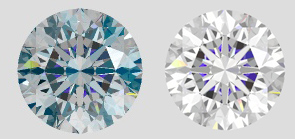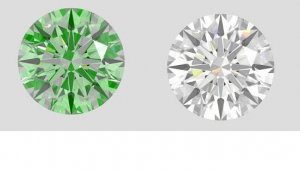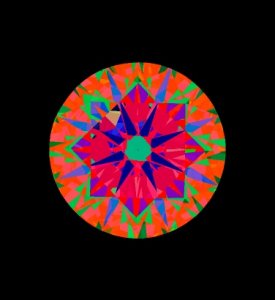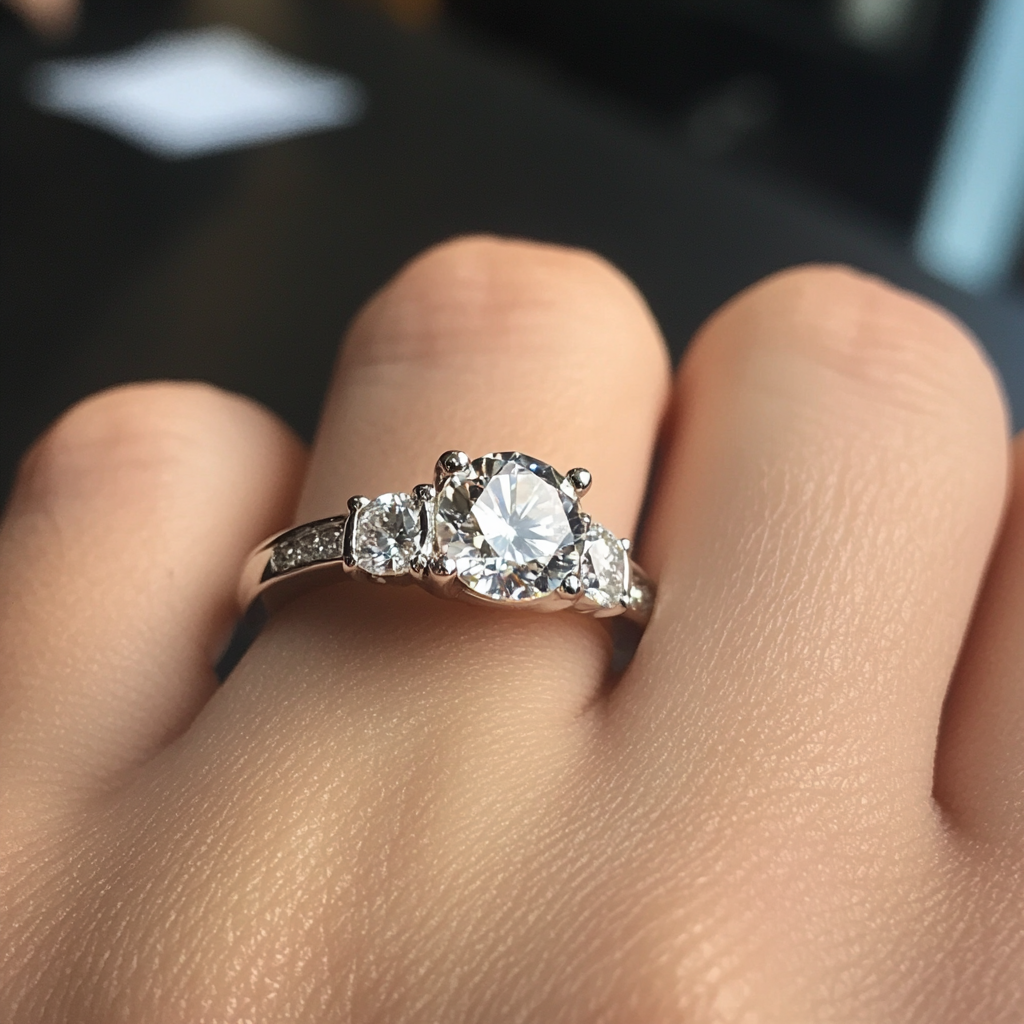Mara
Super_Ideal_Rock
- Joined
- Oct 30, 2002
- Messages
- 31,003
Actually Garry hit the nail on the head. Maybe random consumers don''t care AS MUCH about how a diamond looks in the supermarket but the PS niche market, of course they do! They want their diamond to look excellent in as many lighting and viewing situations as possible. It''s part of being the diamond nuts we are.











300x240.png)